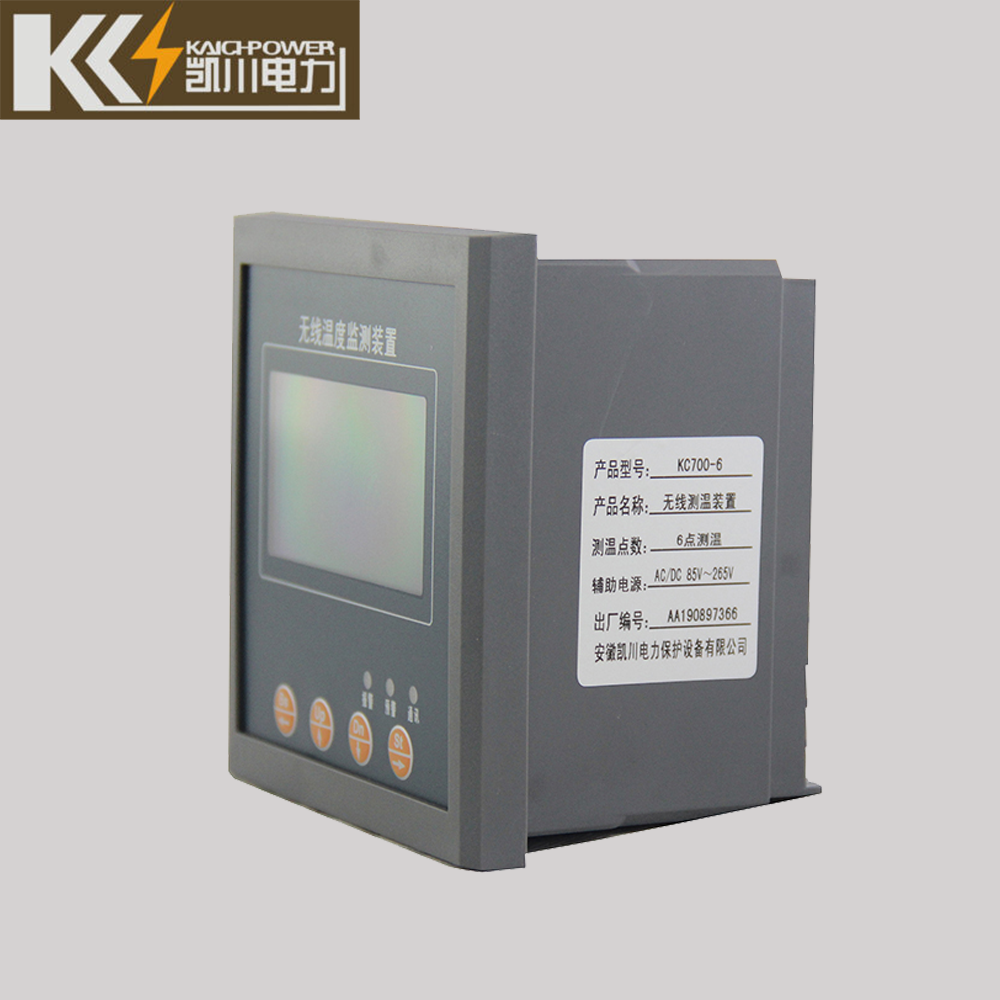Factors to Consider When Selecting a Switchgear Temperature Monitoring System

Introduction
Switchgear temperature monitoring is an essential aspect of ensuring the efficient and safe operation of electrical systems. By monitoring the temperature of switchgear components, potential issues can be identified early on, preventing costly damage and downtime. In this blog post, we will explore the factors to consider when selecting a switchgear temperature monitoring system.
1. Accuracy and Reliability
When choosing a switchgear temperature monitoring system, accuracy and reliability are paramount. The system should provide precise temperature measurements to ensure accurate monitoring and timely detection of any anomalies. Look for a system that has been tested and proven to deliver consistent and reliable results.
2. Compatibility and Integration
It is crucial to select a temperature monitoring system that is compatible with your existing switchgear infrastructure. Consider whether the system can integrate seamlessly with your current monitoring setup and whether it supports the communication protocols used in your facility. This will ensure a smooth implementation process and minimize any disruptions to your operations.
3. Real-Time Monitoring and Alerts
Real-time monitoring is essential for proactive maintenance and timely response to any temperature-related issues. Look for a temperature monitoring system that provides continuous monitoring and alerts. This will allow you to take immediate action in case of any abnormal temperature fluctuations, preventing potential damage and minimizing downtime.
4. Remote Access and Control
In today’s digital age, remote access and control capabilities are highly desirable. A temperature monitoring system that enables remote access and control allows you to monitor and manage your switchgear temperature from anywhere, at any time. This can be particularly beneficial for facilities with multiple locations or for maintenance teams that need to monitor switchgear in different areas.
5. Data Logging and Analysis
Effective temperature monitoring goes beyond real-time alerts. It is essential to have a system that can log and analyze temperature data over time. This will enable you to identify trends, detect potential issues before they escalate, and make informed decisions regarding maintenance and system optimization.
6. Ease of Installation and Use
Choosing a temperature monitoring system that is easy to install and use is crucial for seamless integration into your existing infrastructure. Look for a system that comes with clear installation instructions and user-friendly interfaces. This will save you time and effort during the implementation process and ensure that your team can quickly adapt to using the new system.
7. Scalability
Consider the scalability of the temperature monitoring system. Will it be able to accommodate future expansions or changes in your switchgear infrastructure? Selecting a system that can grow with your needs will save you from investing in a new monitoring solution every time your requirements change.
Conclusion
Switchgear temperature monitoring is a critical aspect of maintaining the reliability and safety of electrical systems. By considering factors such as accuracy, compatibility, real-time monitoring, remote access, data logging, ease of use, and scalability, you can choose a temperature monitoring system that meets your specific needs. Investing in a reliable and efficient monitoring system will help you prevent costly downtime, extend the lifespan of your switchgear, and ensure the uninterrupted operation of your facility.